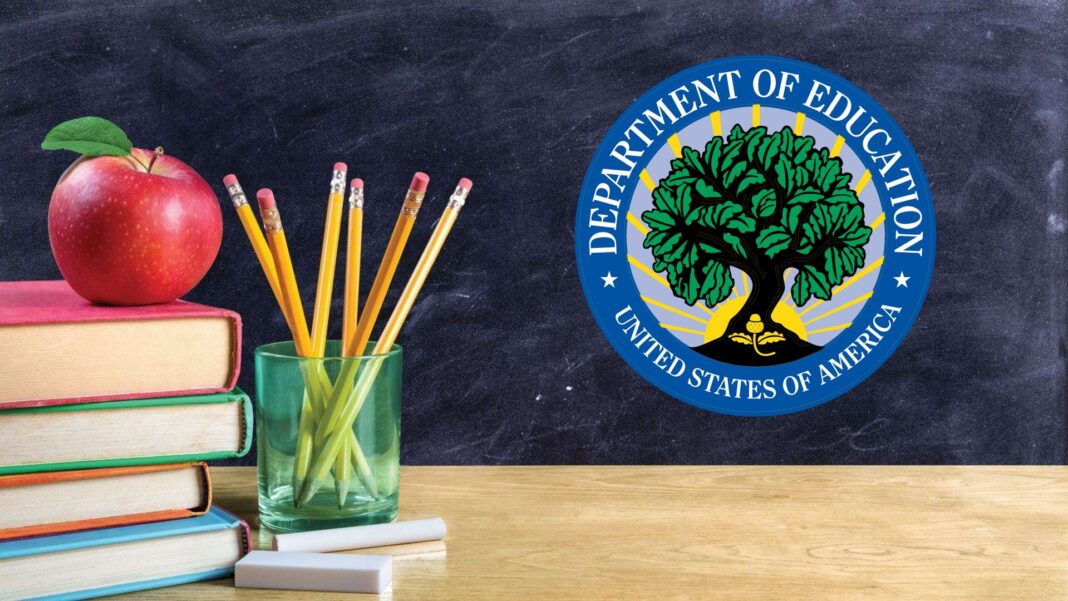‘Debt doesn’t go away; it gets transferred to others,’ Education Secretary Linda McMahon said.
The Department of Education on May 5 will resume collections for the first time in five years of federal student loans in default, impacting some 5 million borrowers.
Since March 2020, the department has not collected on default loans. When Congress mandated student and parent borrowers to resume student loan payments in October 2023, the previous administration granted borrowers another year to be protected from the negative effects of missed payments. Former President Joe Biden also did not lift the collections freeze.
This will now change beginning in May, Secretary of Education Linda McMahon said on April 21.
“American taxpayers will no longer be forced to serve as collateral for irresponsible student loan policies,” McMahon said in a statement. “The Biden Administration misled borrowers: the executive branch does not have the constitutional authority to wipe debt away, nor do the loan balances simply disappear.”
According to the Department of Education, 42.7 million borrowers currently owe more than $1.6 trillion in student loan debt.
Here’s what borrowers need to know.
Restarting the Treasury Offset Program
The Office of Federal Student Aid will restart the Treasury Offset Program, administered by the Treasury Department.
All borrowers may already have received, or will soon receive, email communications from the Office of Federal Student Aid requesting that they contact the Default Resolution Group to enroll in an income-driven repayment plan, sign up for loan rehabilitation, or make a monthly payment.
The department confirmed that it will add weekend hours to the Office of Federal Student Aid’s call center operations, starting in May. It will also create a “loan simulator” to calculate repayment plans and employ an artificial intelligence assistant to help borrowers devise a financial strategy.
A defaulted loan is a loan for which borrowers have not made payments for 270 days or more.
Wage Garnishment
Borrowers who remain in default could eventually see their earnings garnished.
The federal government possesses enormous collection powers over federal debts, allowing officials to seize up to 15 percent of borrowers’ disposable income.
In a press release, the Department of Education said it will send notices regarding wage garnishment later this summer.
“Borrowers who don’t make payments on time will see their credit scores go down, and in some cases their wages automatically garnished,” McMahon wrote in a Wall Street Journal op-ed on April 21.
In March, Federal Reserve Bank of New York economists stated that more than 9 million student loan borrowers who are late on their payments could face “significant drops” in their credit scores this year.
They estimate that some borrowers could witness their credit scores decline by as much as 171 points.
“Although some of these borrowers may be able to cure their delinquencies, the damage to their credit standing will have already been done and will remain on their credit reports for seven years,” New York Fed economists wrote in a March 26 paper.
Repayment, Consolidation, or Rehabilitation
Student loan borrowers generally have three ways to get out of default.
First, repay the loans in full.
Second, loan consolidation allows borrowers to repay their defaulted loans with new repayment terms.
Finally, loan rehabilitation ensures borrowers take the loan out of default and remove the default line from their credit reports. However, there is a caveat: individuals must make multiple consecutive on-time payments of a pre-arranged amount.
By Andrew Moran








